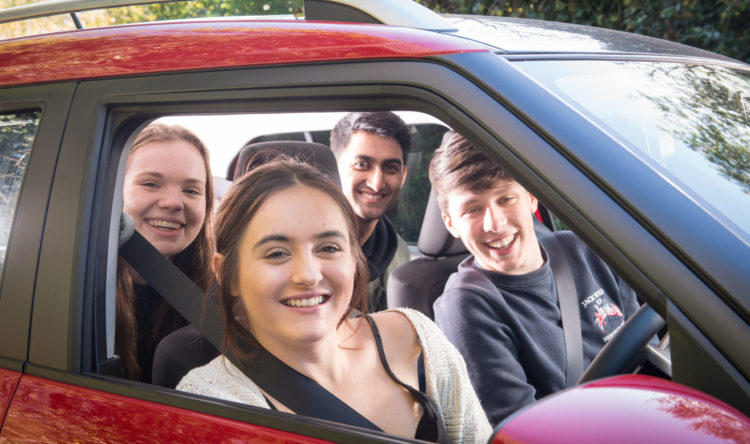Published
on March 17, 2023
New research reveals the most common reasons vehicles are seized in the UK.
Over 210,000 vehicles were impounded in 2021, and no insurance ranks as the most common reason.
The study conducted by
Confused.com analysed Freedom of Information data from police forces across the UK. It reveals both the most common reasons vehicles were seized , but also provides some advice on what to do if your car is seized by police.
Why vehicle are seized (2021)
|
Rank
|
Reason
|
Number of vehicles
|
|
1
|
No insurance/driving licence
|
72,325
|
|
2
|
Road traffic collision
|
55,599
|
|
3
|
Abandoned, broken down or obstructively parked
|
29,266
|
|
4
|
Stolen
|
22,078
|
|
5
|
Used in crime/traffic offence
|
16,907
|
|
6
|
Removed at owner’s request following breakdown/RTC
|
9,280
|
|
7
|
No tax
|
7,474
|
|
8
|
Other/unknown
|
3,461
|
|
9
|
Removal of police vehicles from the road
|
2,185
|
|
10
|
Driving in an anti-social manner
|
1,727
|
No idea
The most common reason people have their vehicles taken by the police is driving without insurance or a licence. In 2021, over 70,000 vehicles were seized for this reason.
Driving without insurance is illegal and even if the vehicle itself is insured by someone else, you must also be insured to drive it.
As well as having the vehicle seized, driving without insurance could also get a fixed penalty of £300 and 6 penalty points.
Coming up close behind, vehicles are being taken away due to being involved in road traffic collisions. This saw over 55,000 vehicles were seized for this reason.
The police may need the vehicle for evidence, or in some cases, they remove a vehicle when a recovery service isn’t able to.
Of course, cars go wrong, and this can happen and there is little you can do about it in the short-term. Other vehicles are dumped unceremoniously. Whatever way they end up there, they can be blocking carriageways or left in a potentially dangerous position. In 2021, 20,266 vehicles were impounded after being abandoned, broken down or left causing an obstruction, making this reason the third most common cars were seized.
Further insights
-
Of the cars that were seized in 2021, almost 115,000 were returned to their owner (for which data is available).
-
Northamptonshire saw the most vehicles seized per 100,000 people, with a total of 927. The county was also among the areas where the fewest people actually got their vehicles back, at a recovery rate of 65.1%.
-
The area with the highest recovery rate was North Wales, where 76.41% of seized vehicles were returned.
What can you do?
Confused.com have provided some advice on what to do if you’re vehicle is seized by the police (if they are happy to release it):
1. First, you need to find out exactly where the car is being held. If this isn’t stated on the notice letter that you get from the police, you can call your local police station on 101 to find out.
2. Following this, there are various documents that you have to provide. These include the seizure notice, proof of identity, proof of ownership, a valid MOT and an insurance certificate. If your vehicle was impounded because you didn’t have insurance, then you may need to get impound insurance. This is a short-term policy that proves that you have at least 30 days of insurance for the vehicle (a legal requirement).
3. Finally, there’s usually a fee to pay to reclaim your vehicle, which depends on the size and weight of the vehicle.
See more
You can view the study in full by clicking
here.






